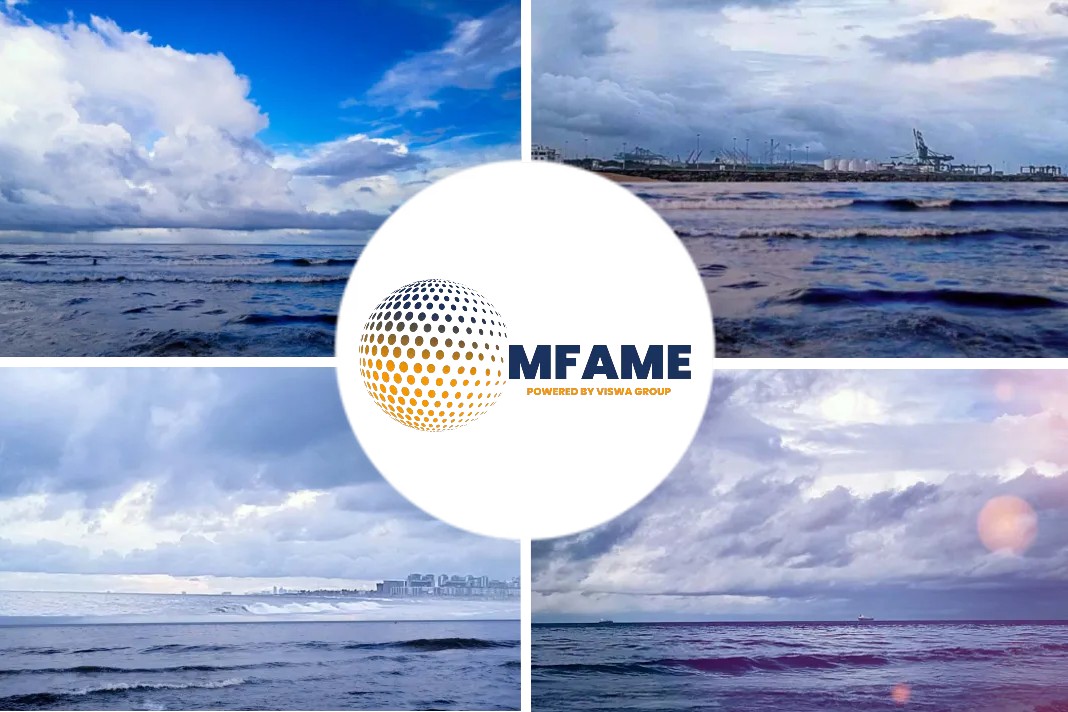With the exception of a few containership owners that are enjoying eye-watering short-term charters, most non-operating owners have chosen to fix their ships on lengthy periods with ocean carriers at highly elevated daily hire rates.
Indeed, with only a few ships now becoming open, brokers are receiving massive monetary offers from charterers for any tonnage that appears on their radar.
“Basically, our container desk has nothing to offer charterers,” a broker contact told The Loadstar this week.
“Owners are going for as long as possible so that they can pay off their mortgages and retire to their dachas,” he said.
Short-term market does not have a ceiling
On the one hand, there are NOOs that have some ships unencumbered by charters, where there is a short-term market that apparently does not have a ceiling and are therefore free to secure contracted revenue in excess of the value of their vessels.
But the vast majority of owners have been content to let their brokers seek out the most lucrative long-term deals for their ships over the past few months.
And the market has been buzzing this week with reports of a four-year extended charter fixed by Maersk and a five-year extension negotiated by CMA CGM.
What will Maersk pay?
Maersk will pay $38,000 a day for the 2013-built 3,421 teu Bomar Beijing for 48 months and has committed $55m of revenue by charter party to owner Global Ship Lease, which purchased the vessel for just $25m in June.
CMA CGM has agreed a 60-month extension to its charter of the 2009-built 4,275 teu ALS Flora at $39,000 a day for a contracted revenue of $70m. To put this into context, four years ago the same panamax ship achieved a six-month charter with Zim at just $4,300 a day.
MSC and CMA CGM have been extremely aggressive
Given the long-term charter rate liability carriers are taking on for any new fixtures, it is little wonder that MSC and CMA CGM have been extremely aggressive in the S&P market, snapping up any tonnage on offer in an endeavour to insulate themselves from the monumental charter hire inflation.
Maersk, however, has generally shied away from S&P, exposing itself to the charter market hikes, although the carrier has a higher owned tonnage-to-charter ratio than its two main rivals.
Meanwhile, Alphaliner’s latest inactive fleet report lists 156 containerships as idle, however more than 70% of these are in shipyards undergoing routine maintenance, retrofit or repair.
The rest are either between charters, arrested, detained or unable to enter service for other reasons.


















